Tech
Sign up for our newsletter
We summarize the week's scientific breakthroughs every Thursday.
-
 Materials Science
Materials ScienceNew ‘smart’ fibers curb fires in lithium-ion batteries
To stifle battery fires, scientists create component with heat-release flame retardant.
-
 Earth
EarthMapping the future of continents and batteries
Editor in chief Eva Emerson discusses how science provides new perspectives on the past and the future.
By Eva Emerson -
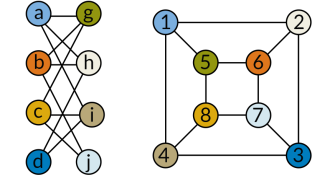 Computing
ComputingRetracted result on network equivalence reinstated
Graph isomorphism result still stands, despite error.
-
 Math
MathHidden Figures highlights three black women who were vital to the U.S. space program
"Hidden Figures" tells the untold story of the "human computers" who were essential to the launch of the U.S. space program.
-
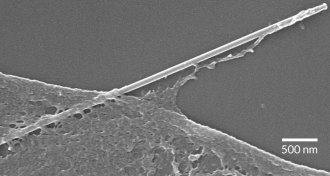 Tech
TechCells snack on nanowires
Human cells eat silicon nanowires in a process called phagocytosis. Nanowire-infused cells could be a step towards biological electronic devices.
By Meghan Rosen -
 Computing
ComputingYear in review: AlphaGo scores a win for artificial intelligence
AlphaGo’s triumph over its human opponent provides a glimpse into the future of artificial intelligence.
-
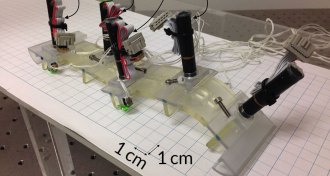 Tech
TechCaterpillar robot uses squishy, 3-D printed legs to inch and crawl
Squishy, 3-D printed legs help a caterpillar robot switch between inching and crawling, and offer sensory info about the world.
By Meghan Rosen -
 Tech
TechRise of reusable rockets signals a new age of spaceflight
Successful landings by SpaceX and Blue Origin raise the prospect of cheaper and more efficient spaceflight.
-
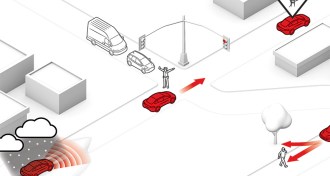 Tech
TechFive challenges for self-driving cars
Scientific and technical experts weigh in on the biggest hurdles for autonomous vehicles, and how ongoing research will help.
-
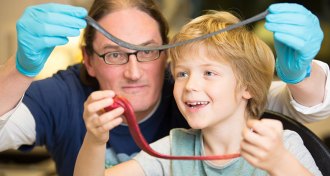 Materials Science
Materials ScienceGraphene Silly Putty detects pitter-patter of spider footsteps
Sensor made of graphene and Silly Putty can detect pulse, breathing — and spider feet.
-
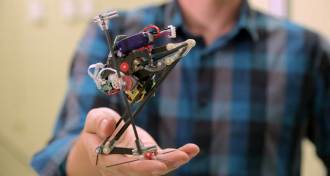 Tech
TechZippy new jumping bot catches air again and again
Leaping robot can bounce from floor to wall, parkour-style, and, like a bush baby, uses a “super-crouch” to get extra oomph out of jumps.
By Meghan Rosen -
 Science & Society
Science & SocietyReaders respond to the SN 10, and awards for Science News
The human side of science, cool cloth and more in reader feedback.